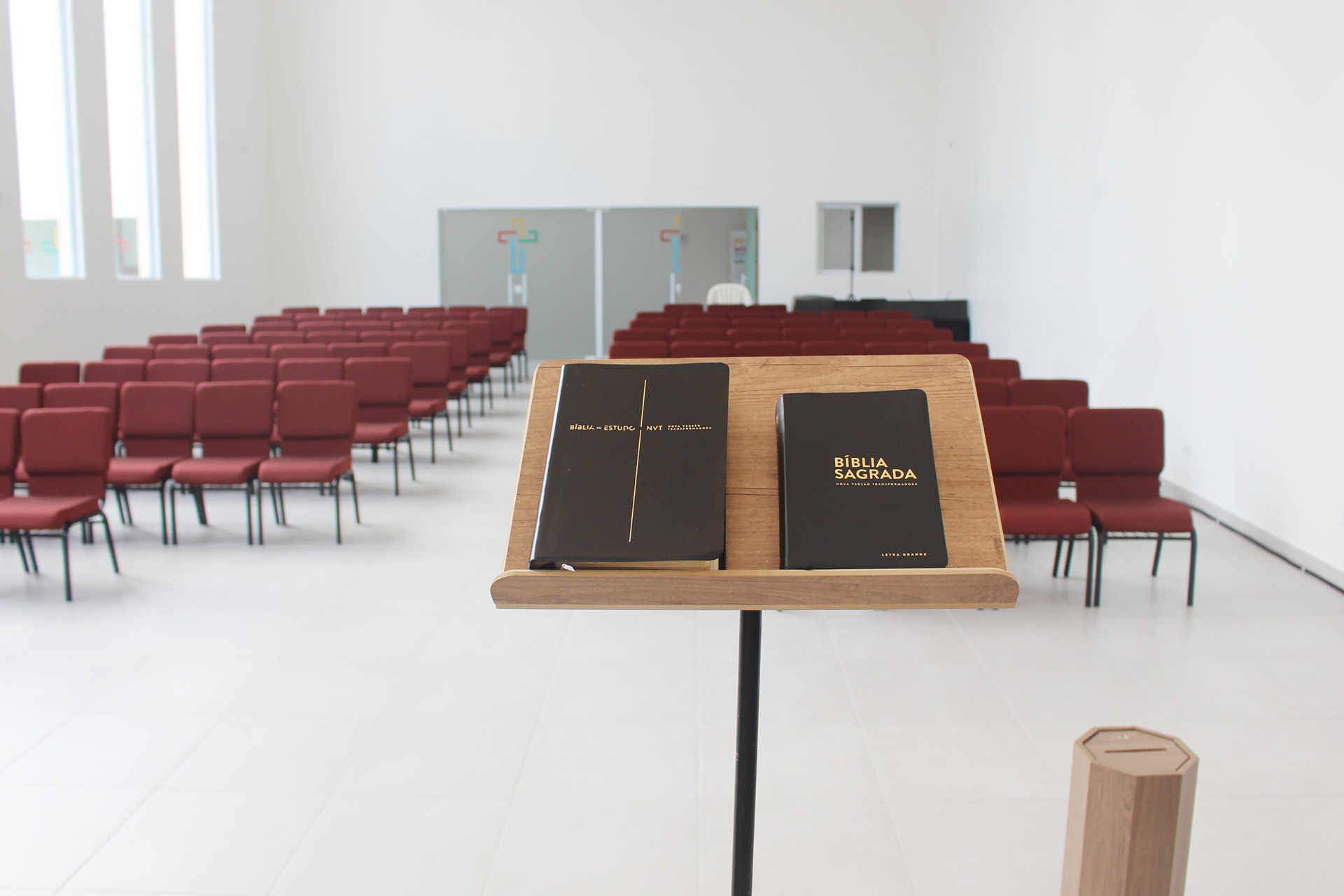The Ultimate Guide to Super Clone Watches: PrestigeWatches’ Insight into the Replica Market
Introduction: Unveiling the Super Clone Phenomenon
The world of luxury watches has always held a certain mystique. The intricate craftsmanship, the timeless designs, and the exclusivity associated with these timepieces have captured the imagination of many. However, for some, the high price tags of these coveted brands remain an insurmountable barrier. This is where the alluring world of Super Clone watches best website steps in.
Super Clone watches, also known as replica watches, are meticulously crafted timepieces that closely resemble their genuine counterparts. These watches are made with high-quality materials and exceptional attention to detail, offering a remarkable level of accuracy and aesthetics. In recent years, the Super Clone market has witnessed a significant surge in popularity, attracting watch enthusiasts from all walks of life.
Why Super Clone Watches?
Several factors contribute to the growing popularity of Super Clone watches. Firstly, they offer an opportunity to own and enjoy the look and feel of a luxury watch without the hefty price tag. Super Clones can be acquired at a fraction of the cost of genuine counterparts, making them accessible to a wider audience.
Secondly, Super Clone watches boast impressive quality and craftsmanship. Reputable dealers take great pride in using high-quality materials and employing skilled artisans to create timepieces that are virtually indistinguishable from the originals. This meticulous attention to detail ensures that Super Clone watches offer a truly luxurious experience.
Furthermore, the Super Clone market offers a vast selection of brands and models. Whether you desire a timeless Rolex, a sporty Omega, or an elegant Patek Philippe, you’ll find a stunning Super Clone replica that perfectly suits your taste and preferences. With such a wide range available, you’re sure to find the perfect timepiece to complement your style and personality.
PrestigeWatches: A Leader in the Super Clone Market
When it comes to purchasing Super Clone watches, choosing a reputable and trustworthy dealer is paramount. PrestigeWatches has established itself as a leading name in the Super Clone market, offering an extensive selection of premium-quality timepieces.
PrestigeWatches boasts a team of experts with extensive knowledge and passion for luxury watches. They meticulously source their Super Clones from trusted manufacturers, ensuring that each timepiece meets their stringent quality standards. Furthermore, PrestigeWatches provides exceptional customer service, guiding you through the selection process and ensuring a smooth and enjoyable experience.
PrestigeWatches’ Report: Unraveling the Replica Watch Market
PrestigeWatches’ latest report delves into the intricacies of the Super Clone market, offering valuable insights into the trends, challenges, and future prospects of this dynamic industry. The report explores the factors driving the growth of the Super Clone market, including the increasing demand for luxury watches, advancements in manufacturing technology, and the growing awareness of Super Clones among consumers.
Moreover, the report sheds light on the legal and ethical considerations surrounding the replica watch industry. It examines the intellectual property rights of luxury brands and discusses the ongoing debate regarding the legality of manufacturing and selling Super Clone watches.
Conclusion: Embracing the Super Clone Experience
The Rolex Super Clone market presents a unique opportunity for watch enthusiasts to experience the allure of luxury timepieces without breaking the bank. With meticulous craftsmanship, impressive quality, and a vast selection, Super Clone watches offer an enticing alternative to their genuine counterparts.
Whether you’re a seasoned collector or a first-time buyer, PrestigeWatches provides a secure and reliable platform to explore the world of Super Clone watches. With their extensive selection, expert guidance, and commitment to excellence, PrestigeWatches empowers you to embrace the Super Clone experience and find the perfect timepiece that reflects your style and aspirations.




